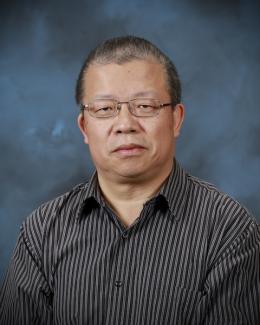Abstract
Polymer-stabilized liquid/liquid interfaces are an important and growing class of bioinspired materials that combine the structural and functional capabilities of advanced synthetic materials with naturally evolved biophysical systems. These platforms have the potential to serve as selective membranes for chemical separations and molecular sequencers and to even mimic neuromorphic computing elements. Despite the diversity in function, basic insight into the assembly of well-defined amphiphilic polymers to form functional structures remains elusive, which hinders the continued development of these technologies. In this work, we provide new mechanistic insight into the assembly of an amphiphilic polymer-stabilized oil/aqueous interface, in which the headgroups consist of positively charged methylimidazolium ionic liquids, and the tails are short, monodisperse oligodimethylsiloxanes covalently attached to the headgroups. We demonstrate using vibrational sum frequency generation spectroscopy and pendant drop tensiometery that the composition of the bulk aqueous phase, particularly the ionic strength, dictates the kinetics and structures of the amphiphiles in the organic phase as they decorate the interface. These results show that H-bonding and electrostatic interactions taking place in the aqueous phase bias the grafted oligomer conformations that are adopted in the neighboring oil phase. The kinetics of self-assembly were ionic strength dependent and found to be surprisingly slow, being composed of distinct regimes where molecules adsorb and reorient on relatively fast time scales, but where conformational sampling and frustrated packing takes place over longer time scales. These results set the stage for understanding related chemical phenomena of bioinspired materials in diverse technological and fundamental scientific fields and provide a solid physical foundation on which to design new functional interfaces.






